14 products
-
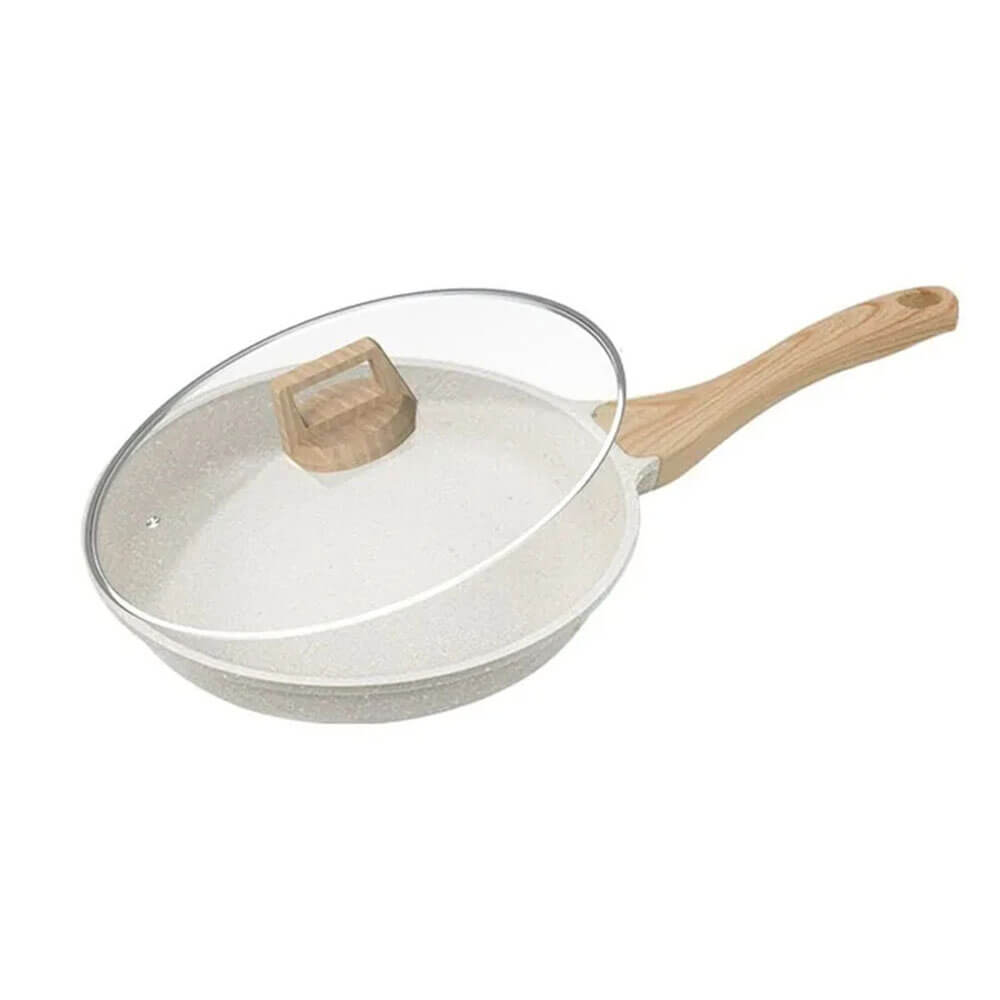
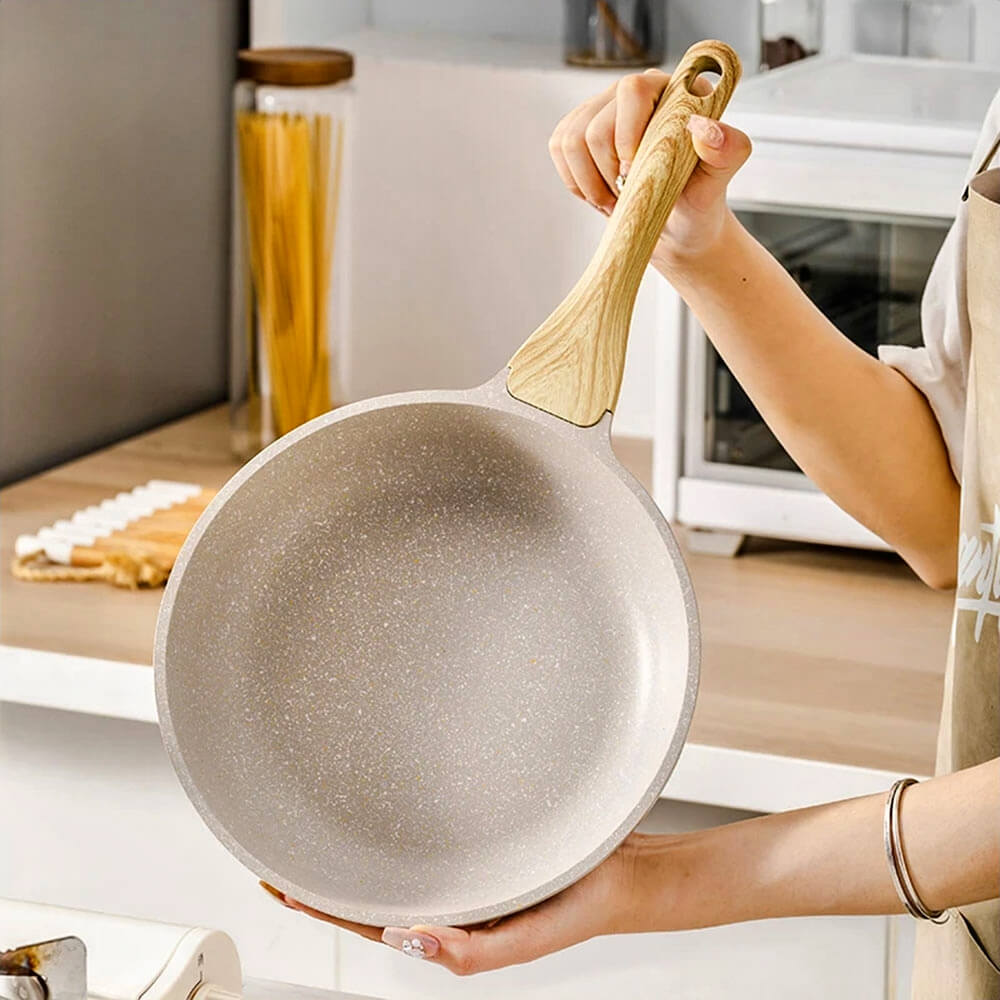 Esperanza Aluminum Maifan Stone Frying PanEsperanza Aluminum Maifan Stone Frying Pan
Esperanza Aluminum Maifan Stone Frying PanEsperanza Aluminum Maifan Stone Frying Pan- Regular price
-
$144.00 $166.00 - Regular price
-
$144.00 - Sale price
-
$144.00 $166.00
-
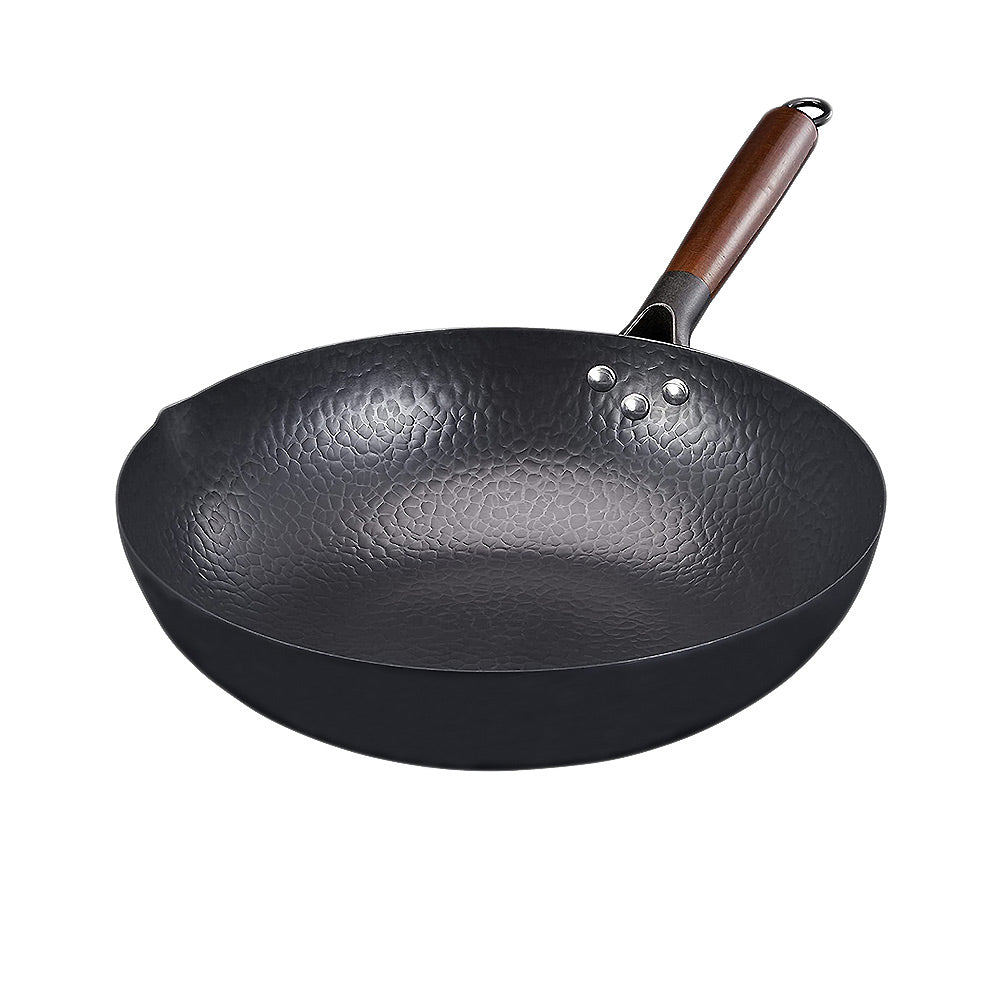
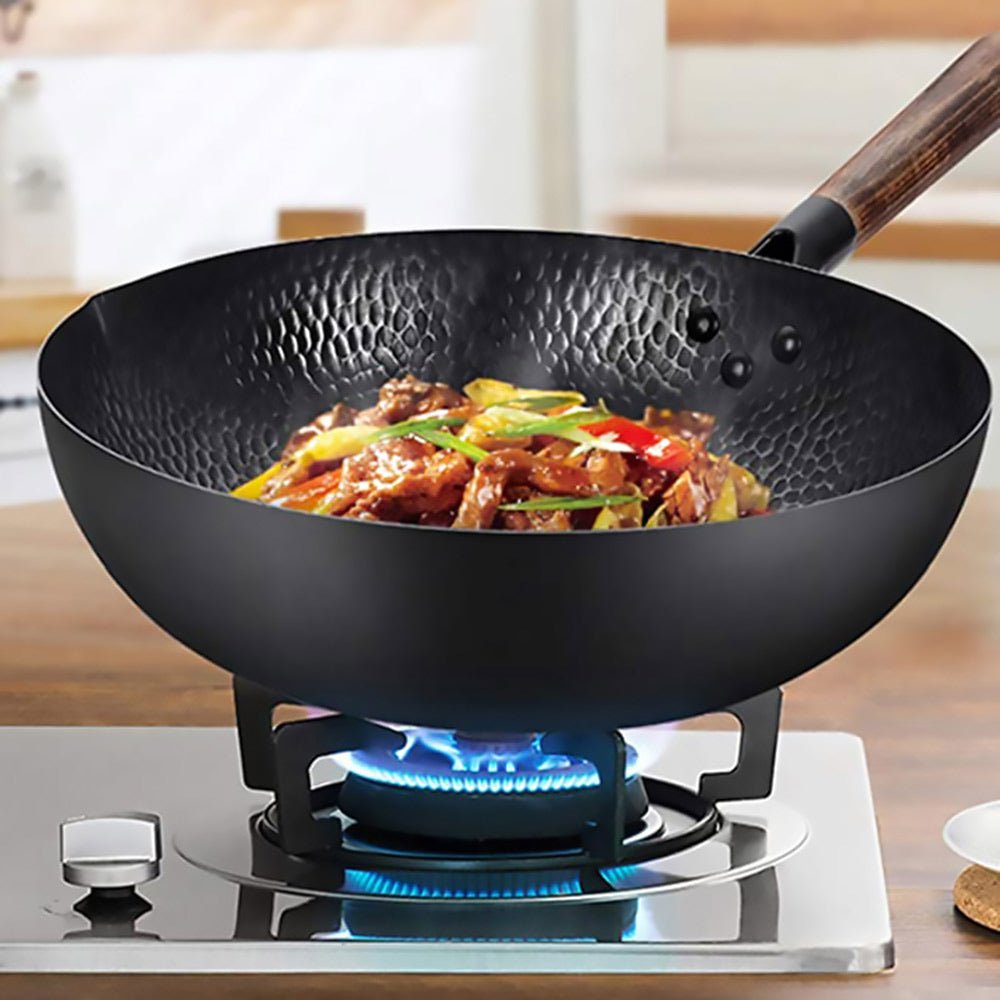 Bjorn Cast Iron Deep WokBjorn Cast Iron Deep Wok
Bjorn Cast Iron Deep WokBjorn Cast Iron Deep Wok- Regular price
-
$95.00 - Regular price
-
$95.00 - Sale price
-
$95.00
-

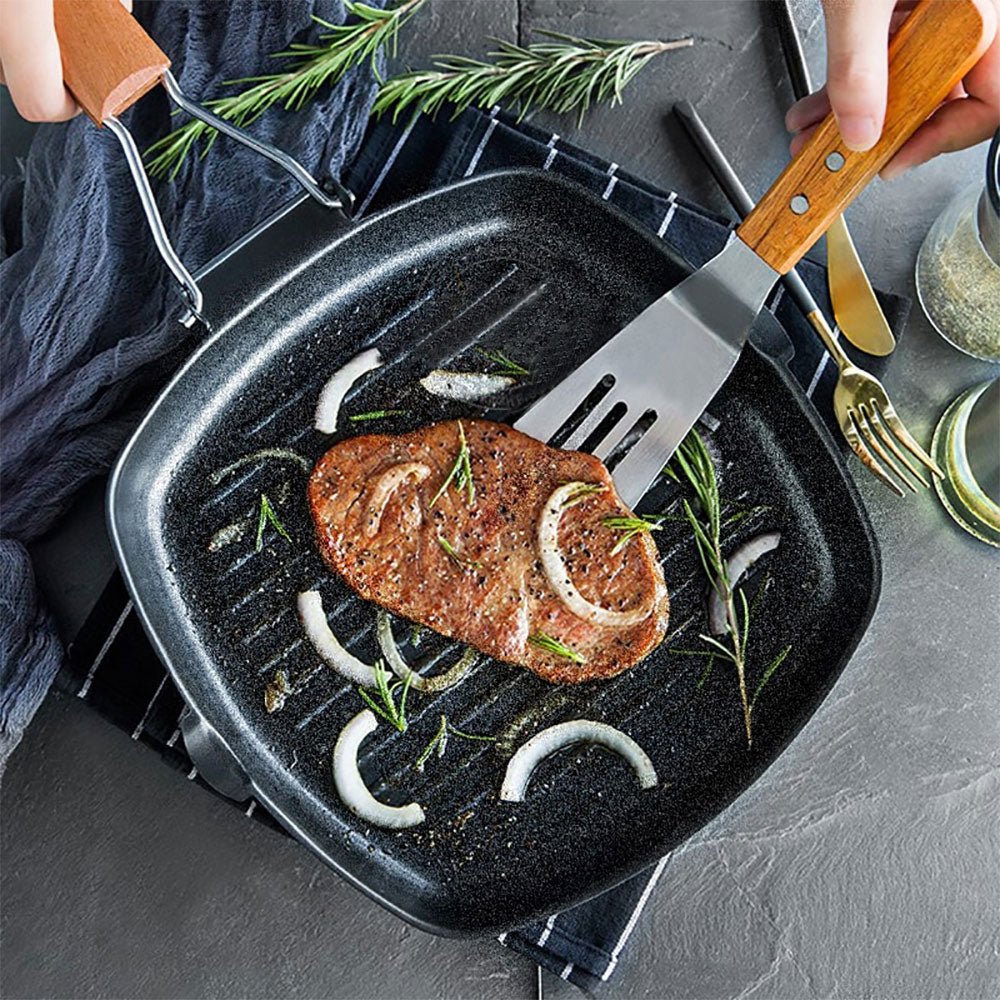 Preston Cast Iron Folding Grill PanPreston Cast Iron Folding Grill Pan
Preston Cast Iron Folding Grill PanPreston Cast Iron Folding Grill Pan- Regular price
-
$67.00 - Regular price
-
$67.00 - Sale price
-
$67.00
-
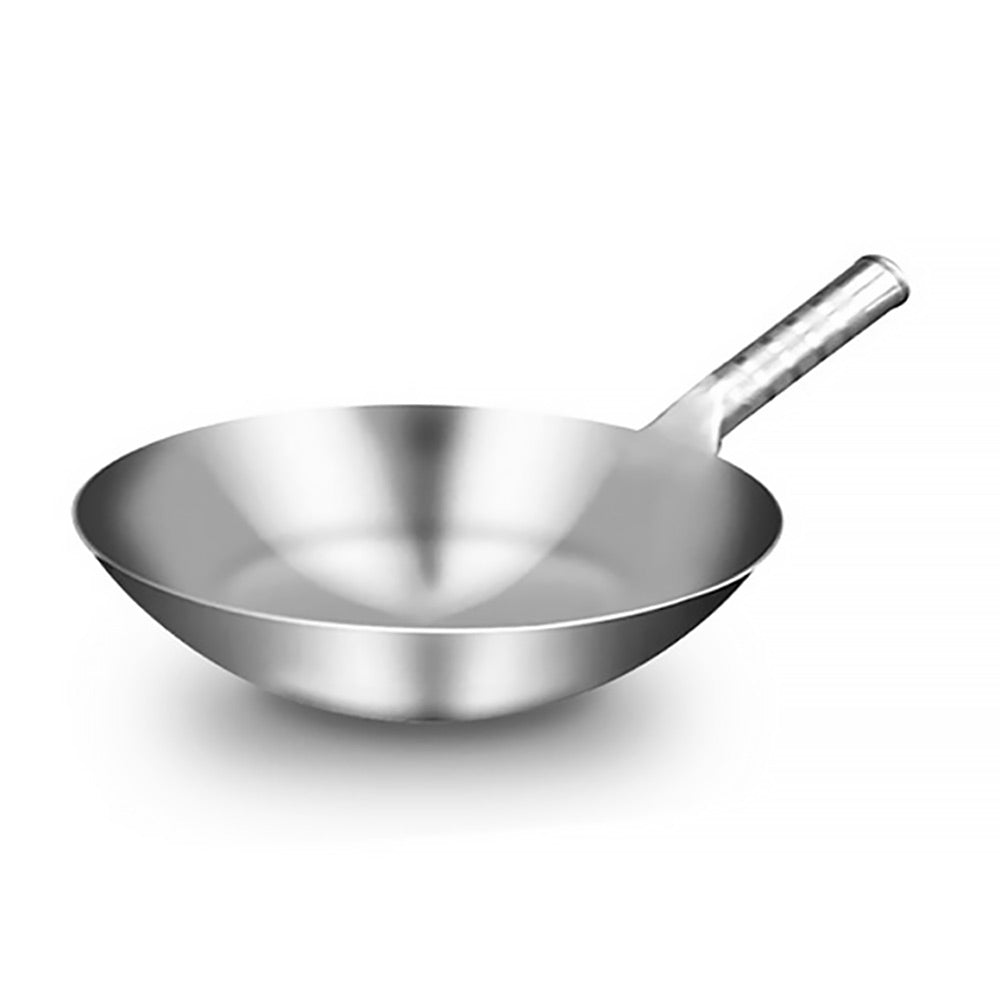
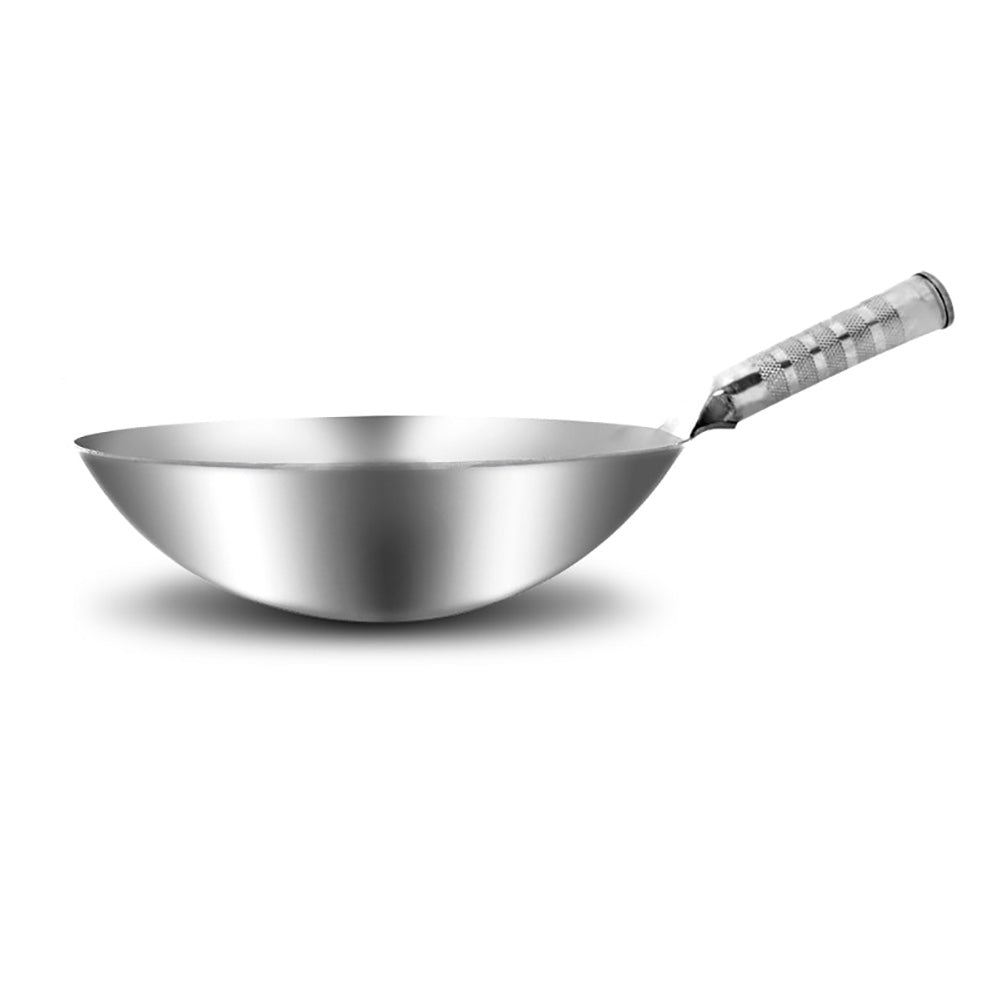 Vinci Stainless Steel WokVinci Stainless Steel Wok
Vinci Stainless Steel WokVinci Stainless Steel Wok- Regular price
-
$106.00 - Regular price
-
$106.00 - Sale price
-
$106.00
-
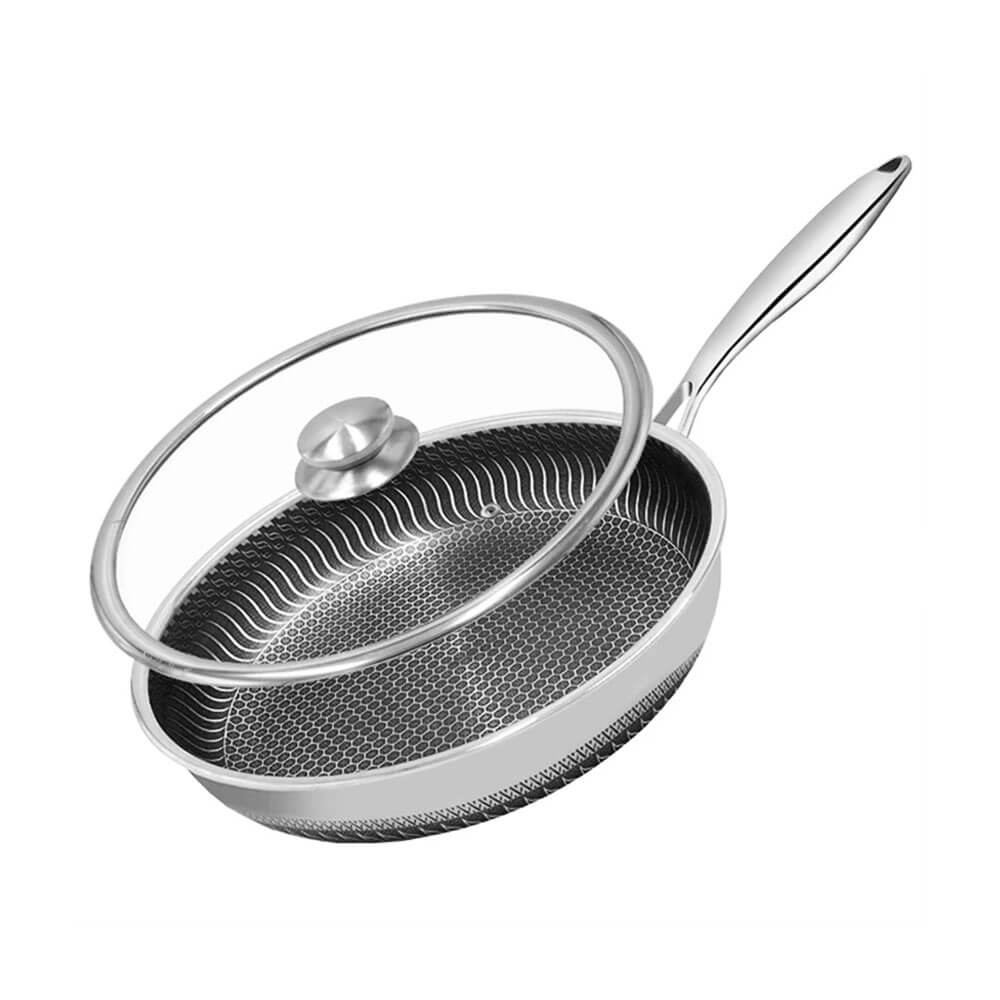
 Vinci Stainless Steel Honeycomb Fry PanVinci Stainless Steel Honeycomb Fry Pan
Vinci Stainless Steel Honeycomb Fry PanVinci Stainless Steel Honeycomb Fry Pan- Regular price
-
$87.00 $106.00 - Regular price
-
$87.00 - Sale price
-
$87.00 $106.00
-
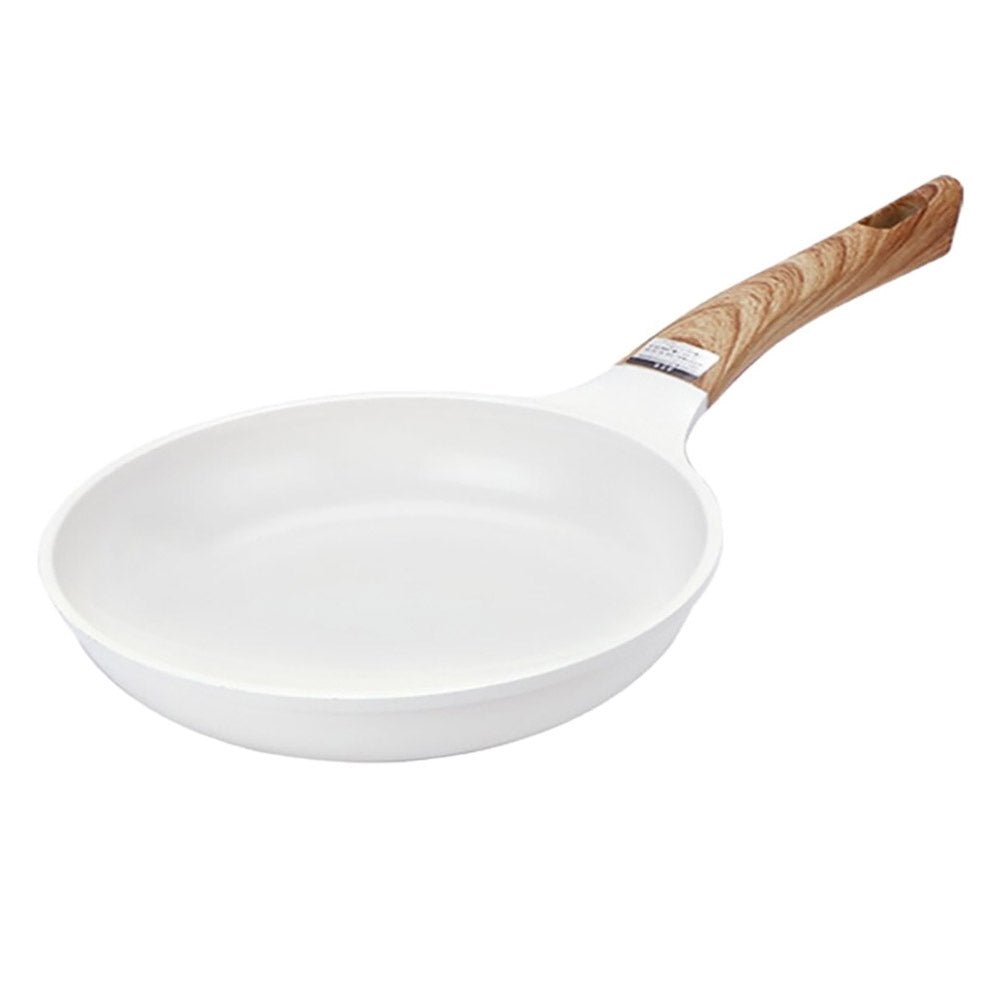
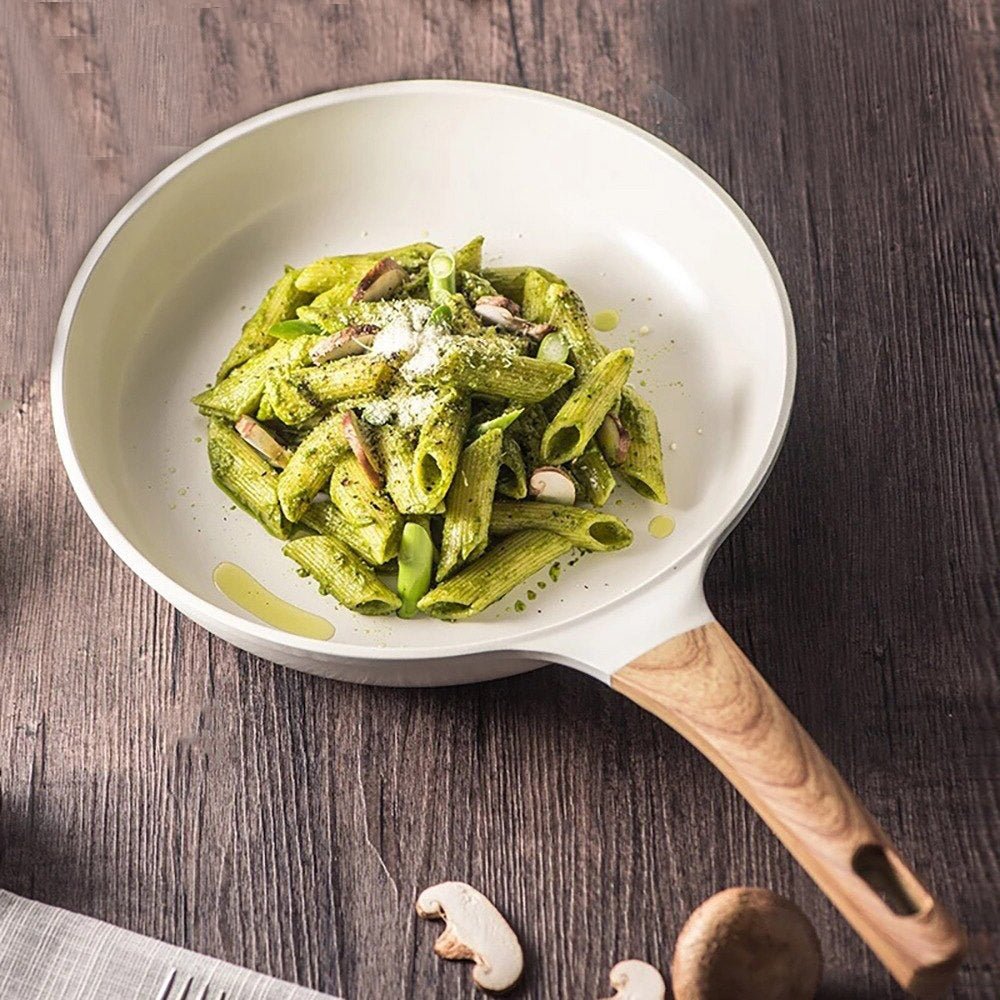 Maddox Ceramic Nonstick Fry PanMaddox Ceramic Nonstick Fry Pan
Maddox Ceramic Nonstick Fry PanMaddox Ceramic Nonstick Fry Pan- Regular price
-
$106.00 $151.00 - Regular price
-
$106.00 - Sale price
-
$106.00 $151.00
-
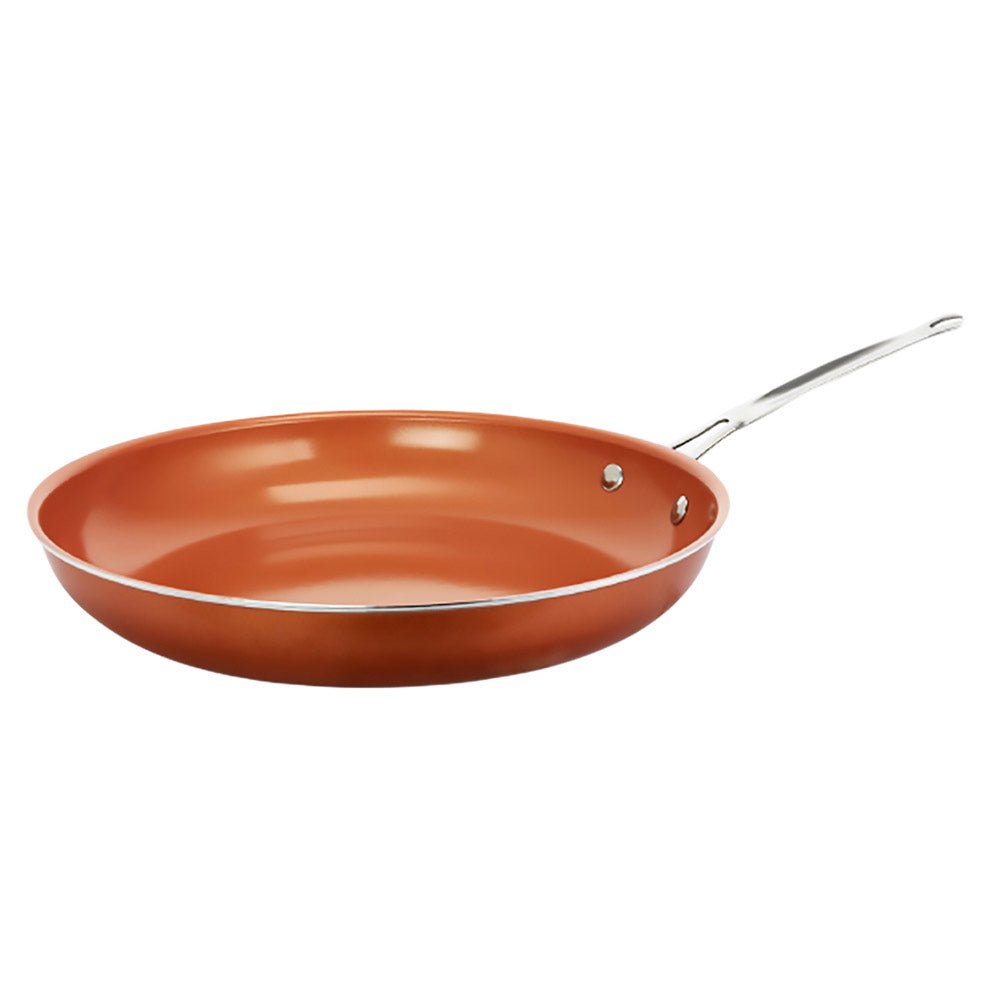
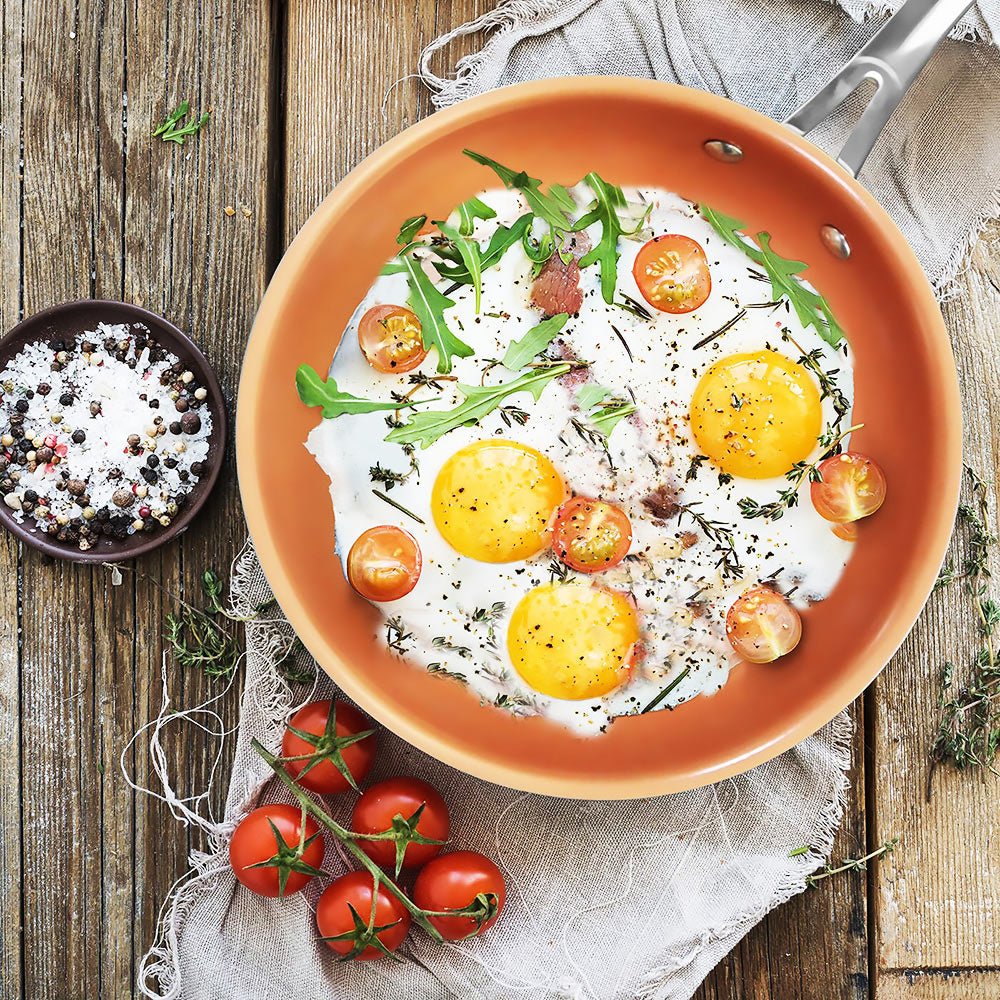 Alana Nonstick Aluminum Ceramic Fry PanAlana Nonstick Aluminum Ceramic Fry Pan
Alana Nonstick Aluminum Ceramic Fry PanAlana Nonstick Aluminum Ceramic Fry Pan- Regular price
-
$50.00 $64.00 - Regular price
-
$50.00 - Sale price
-
$50.00 $64.00
-
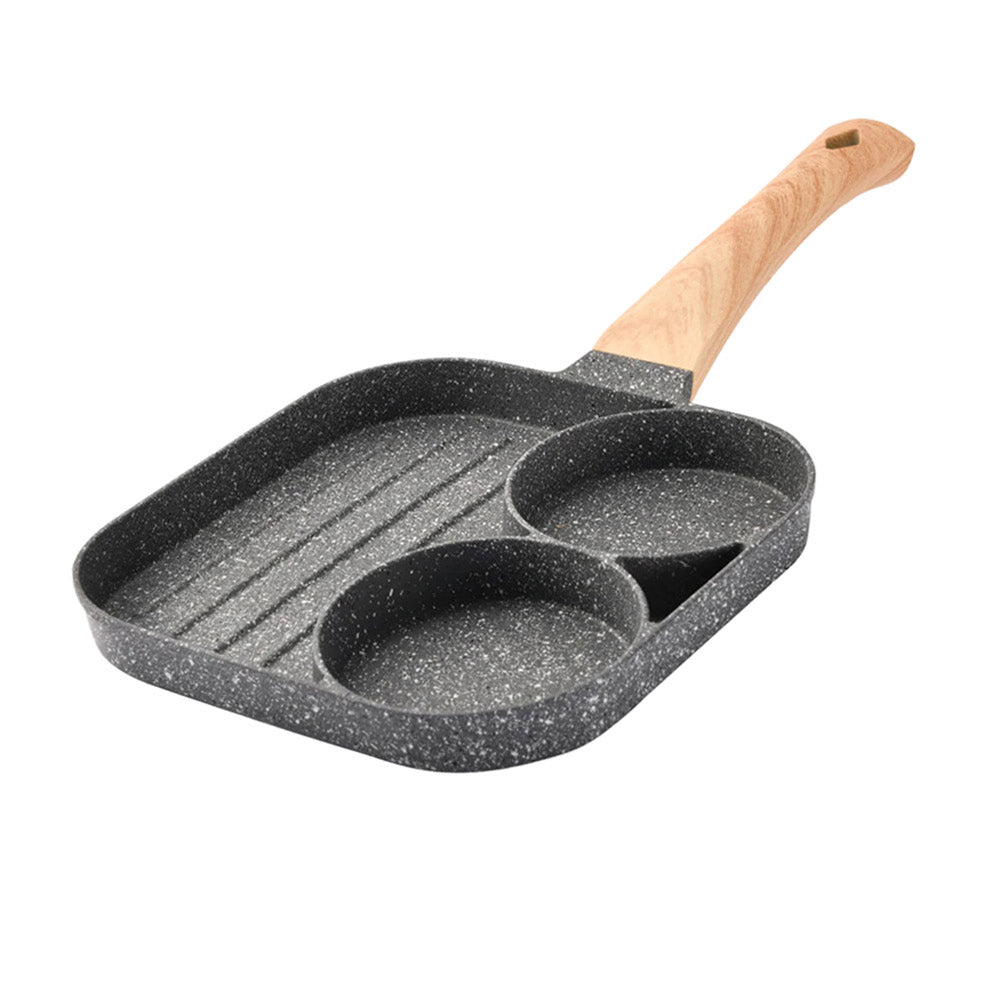
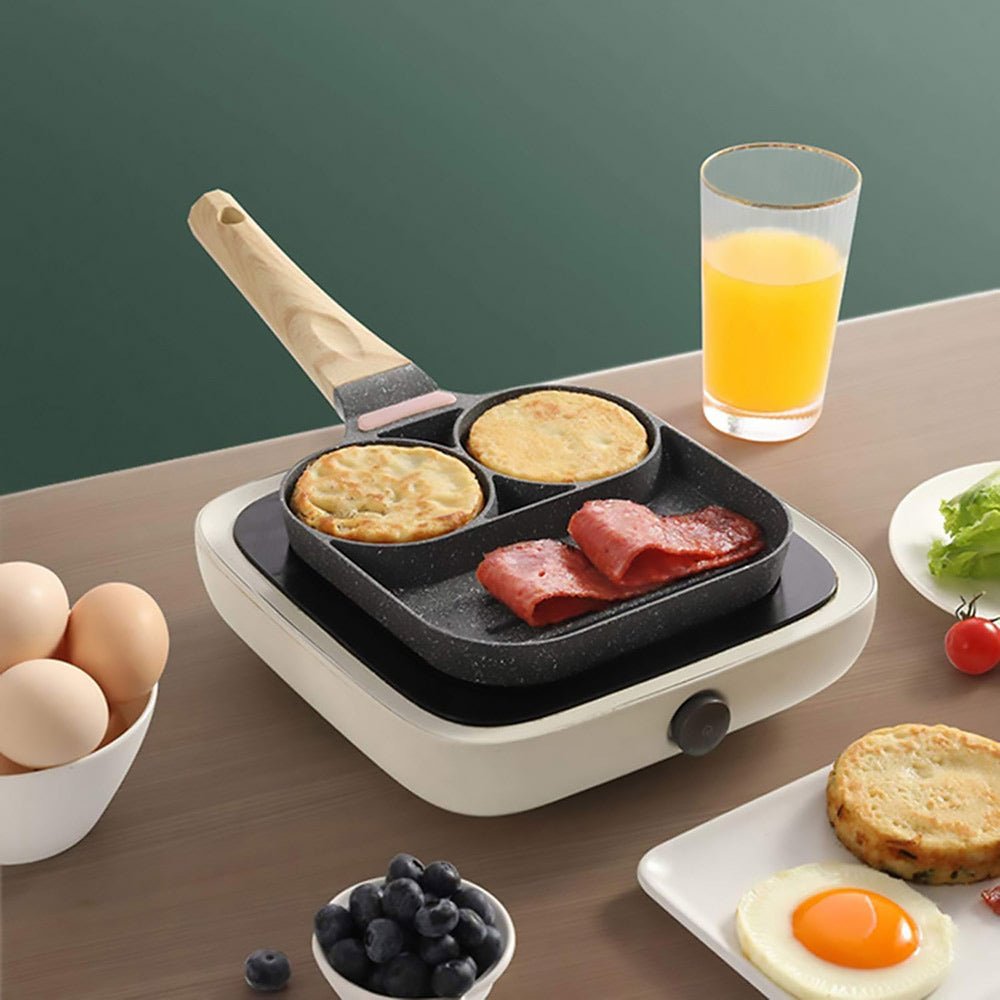 Whistler Breakfast Specialty PanWhistler Breakfast Specialty Pan
Whistler Breakfast Specialty PanWhistler Breakfast Specialty Pan- Regular price
-
$33.00 - Regular price
-
$33.00 - Sale price
-
$33.00
-
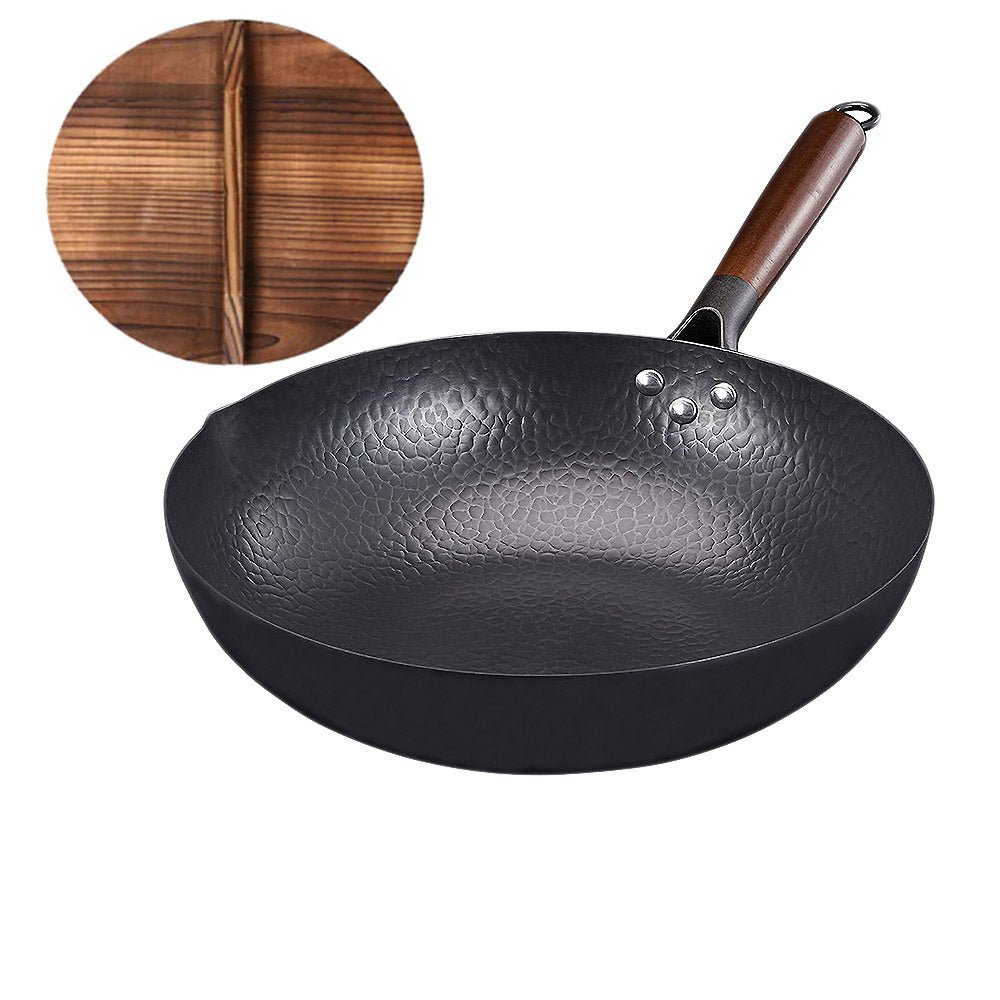
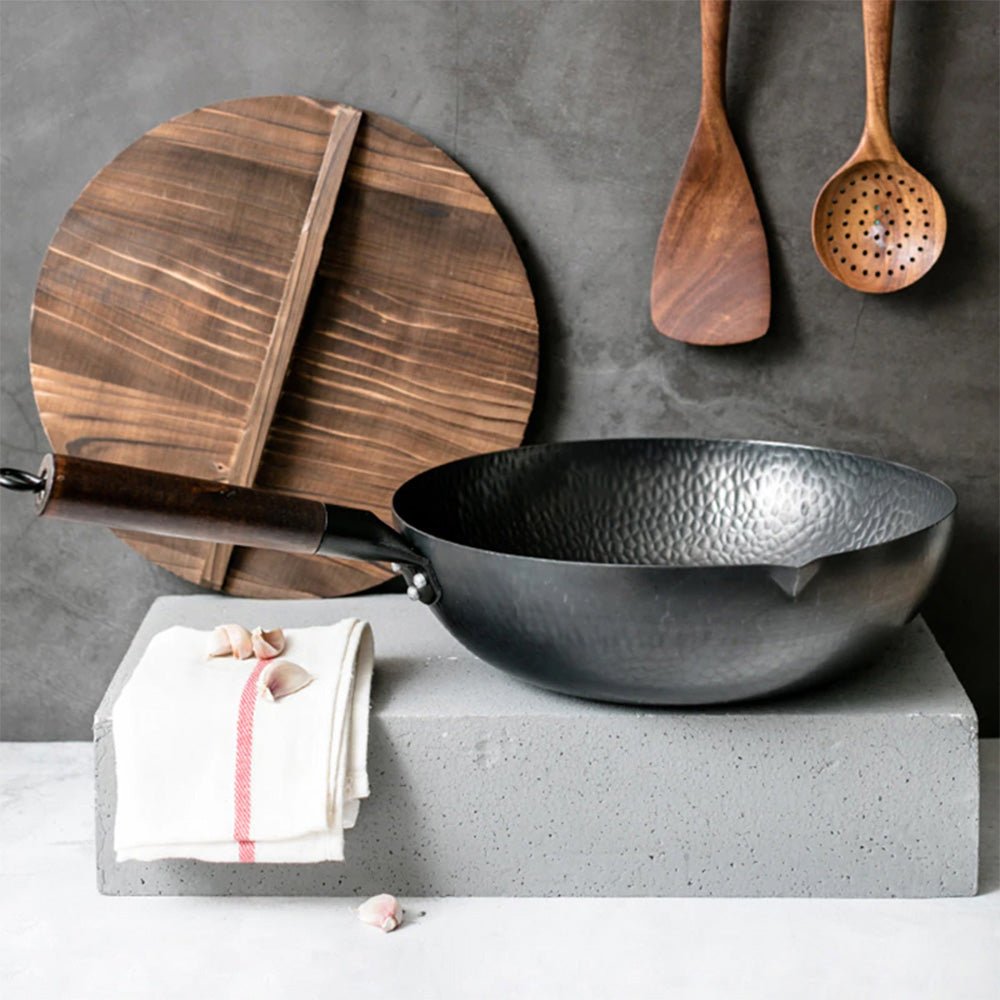 Bjorn Cast Iron Deep Wok with LidBjorn Cast Iron Deep Wok with Lid
Bjorn Cast Iron Deep Wok with LidBjorn Cast Iron Deep Wok with Lid- Regular price
-
$106.00 - Regular price
-
$106.00 - Sale price
-
$106.00
-
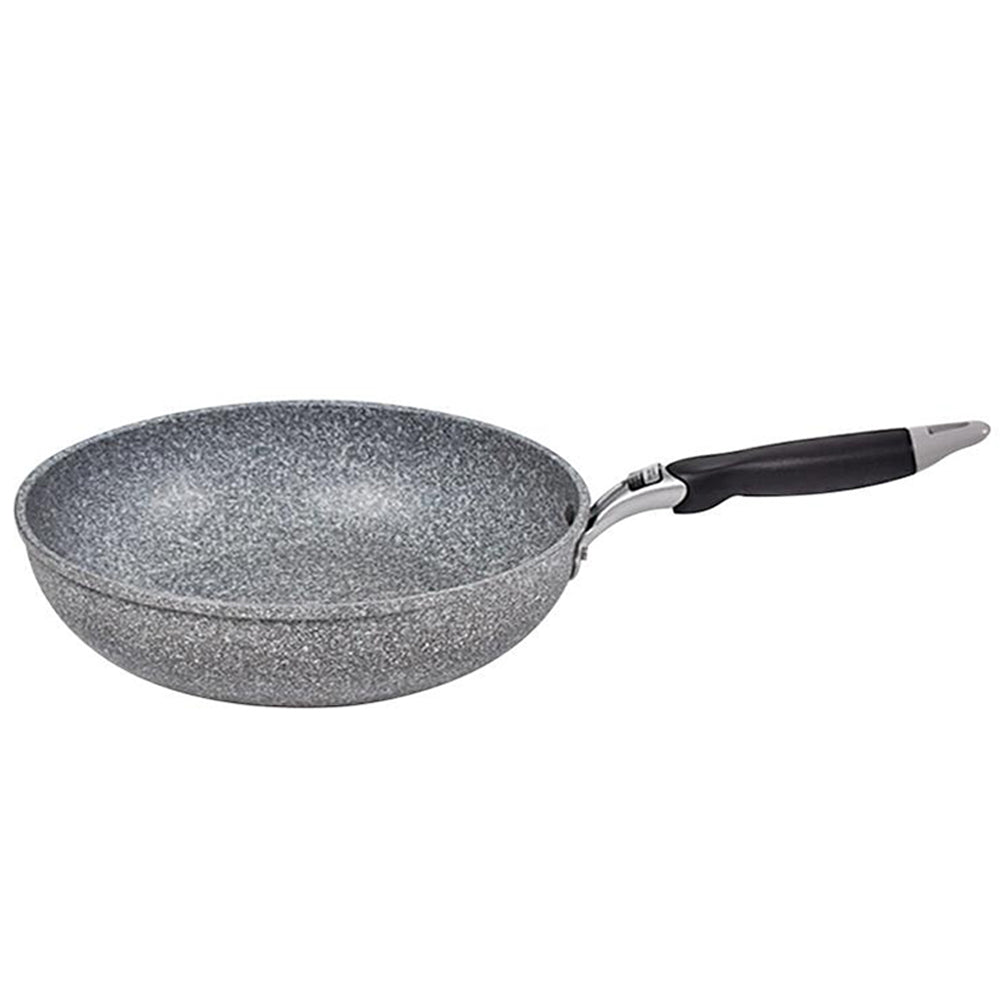
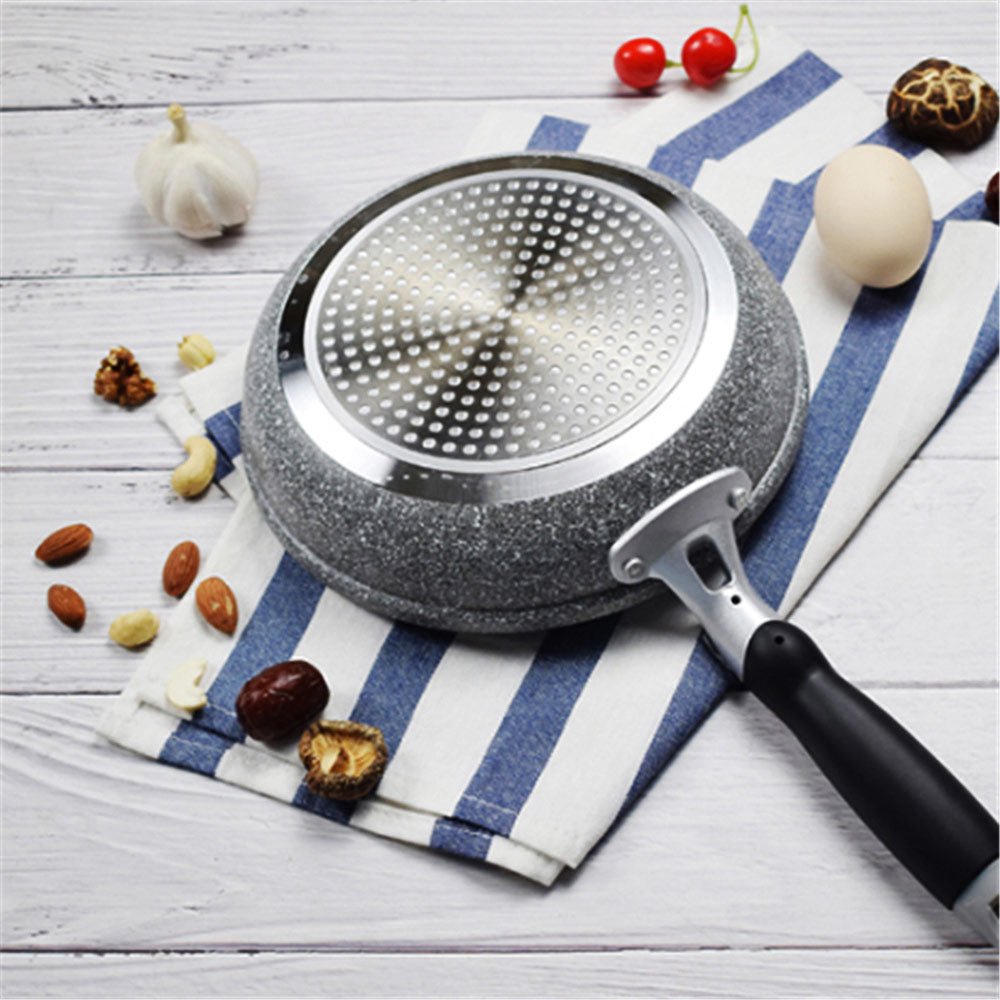 Hersilia Nonstick Aluminum Fry PanHersilia Nonstick Aluminum Fry Pan
Hersilia Nonstick Aluminum Fry PanHersilia Nonstick Aluminum Fry Pan- Regular price
-
$68.00 $105.00 - Regular price
-
$68.00 - Sale price
-
$68.00 $105.00
-
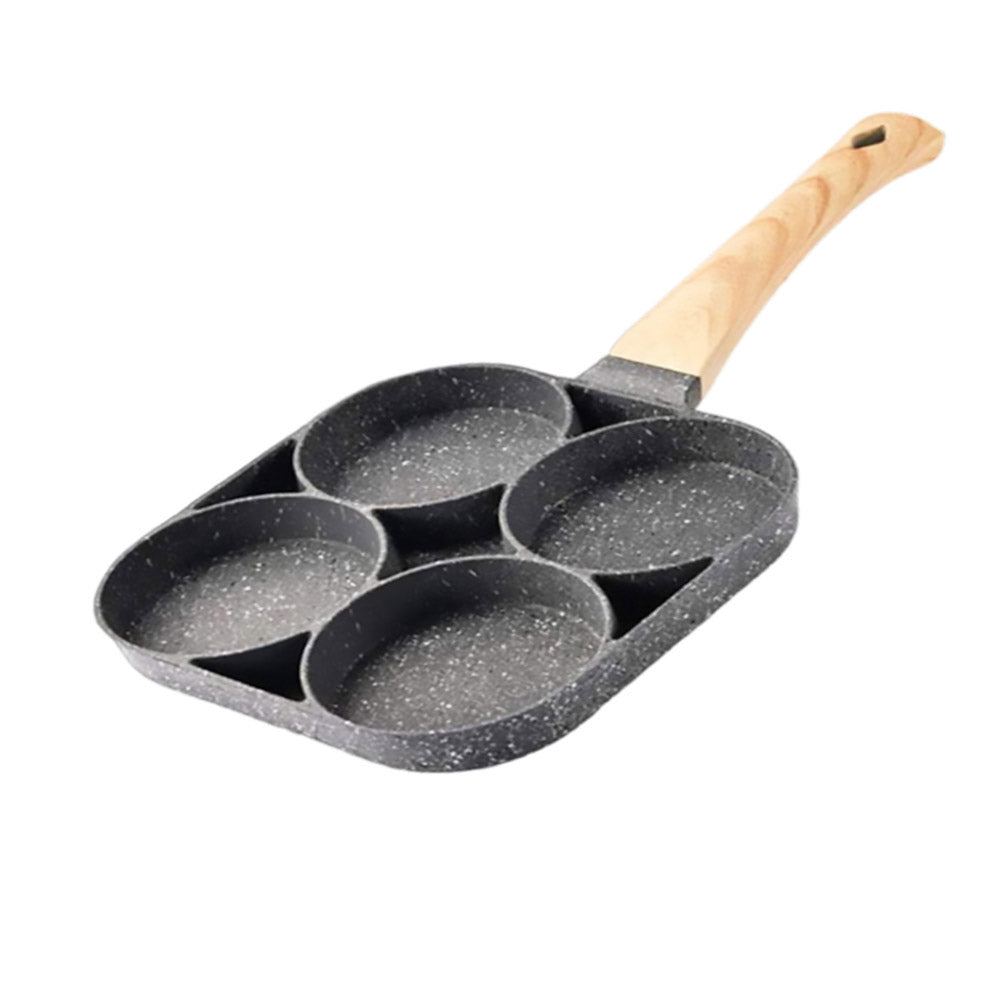
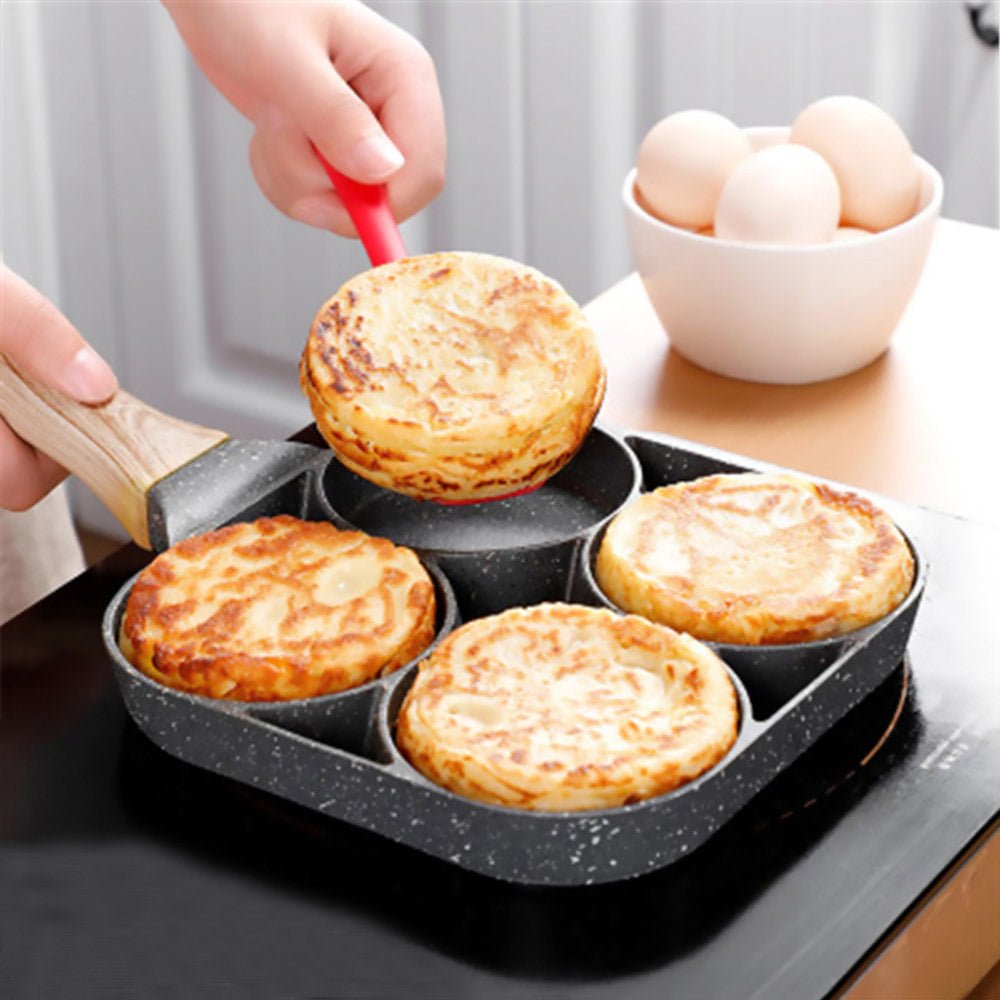 Whistler Pancake PanWhistler Pancake Pan
Whistler Pancake PanWhistler Pancake Pan- Regular price
-
$40.00 - Regular price
-
$40.00 - Sale price
-
$40.00
-
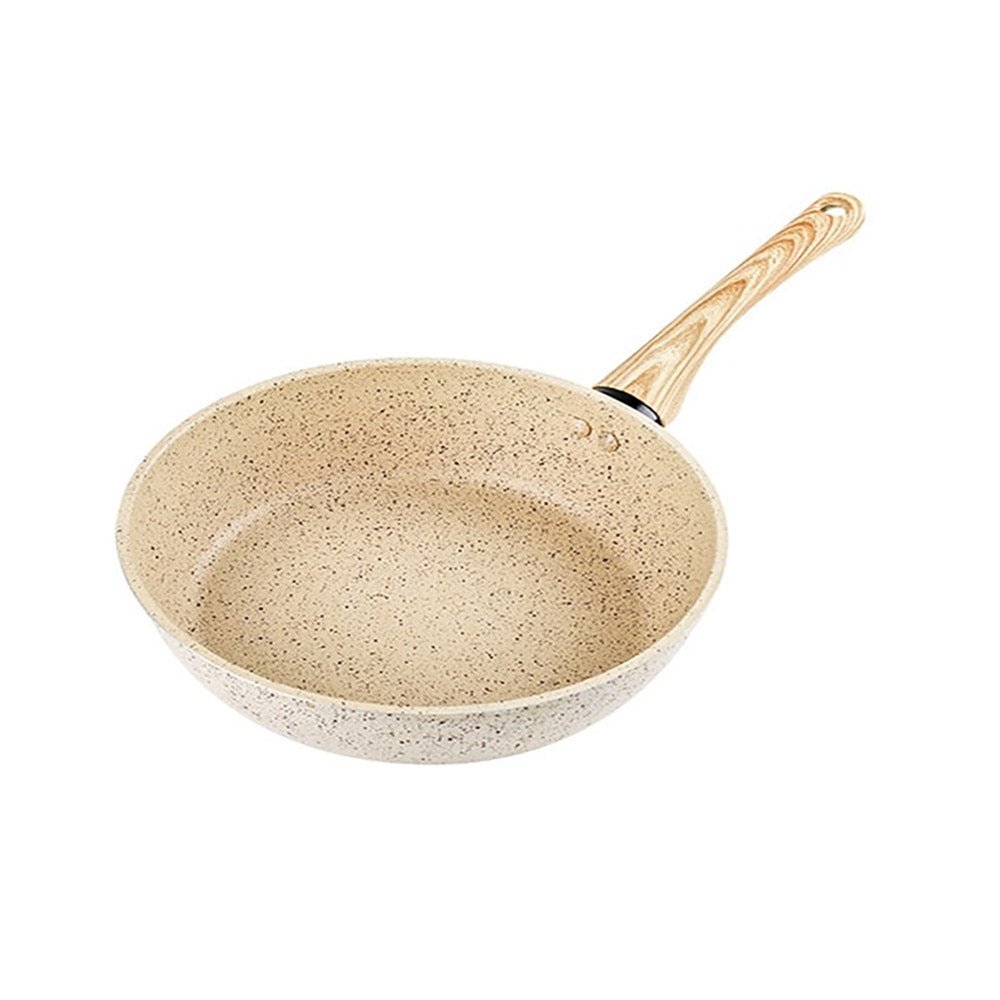
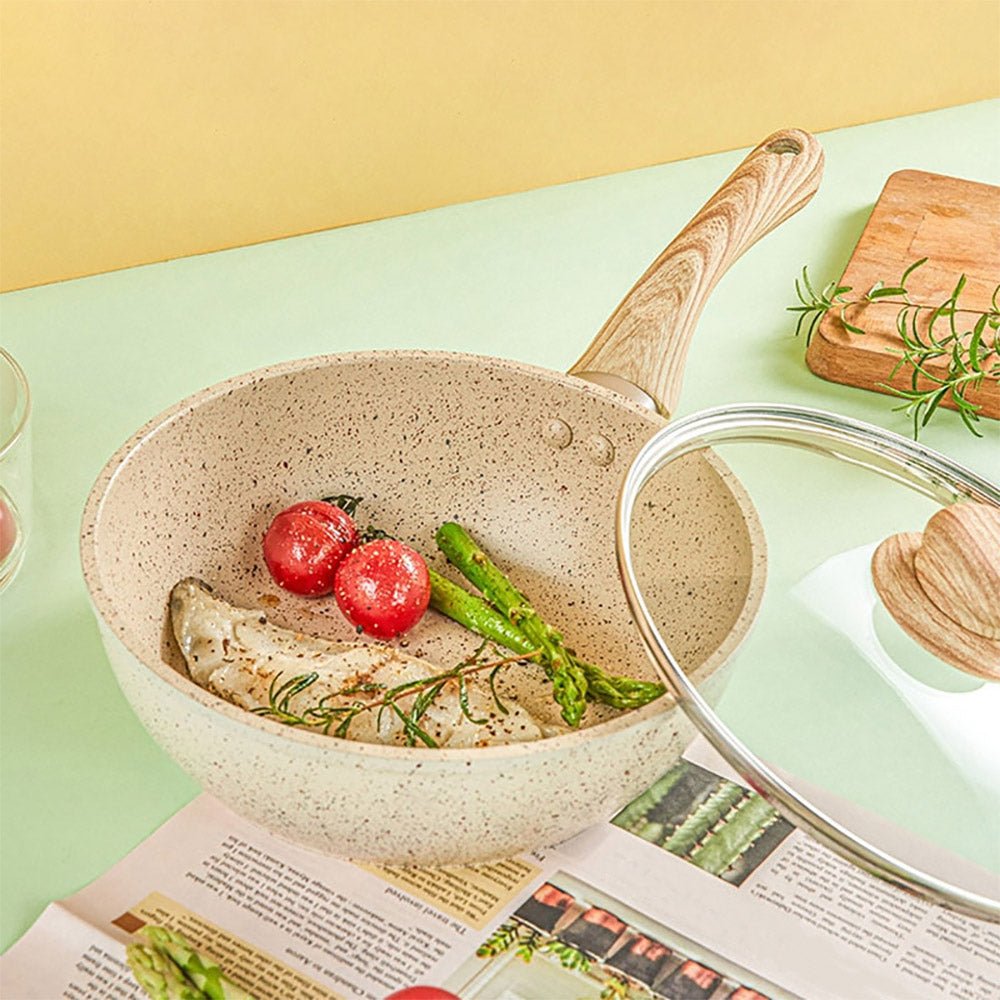 Maddox Classic Nonstick Stir Fry PanMaddox Classic Nonstick Stir Fry Pan
Maddox Classic Nonstick Stir Fry PanMaddox Classic Nonstick Stir Fry Pan- Regular price
-
$98.00 - Regular price
-
$98.00 - Sale price
-
$98.00
-
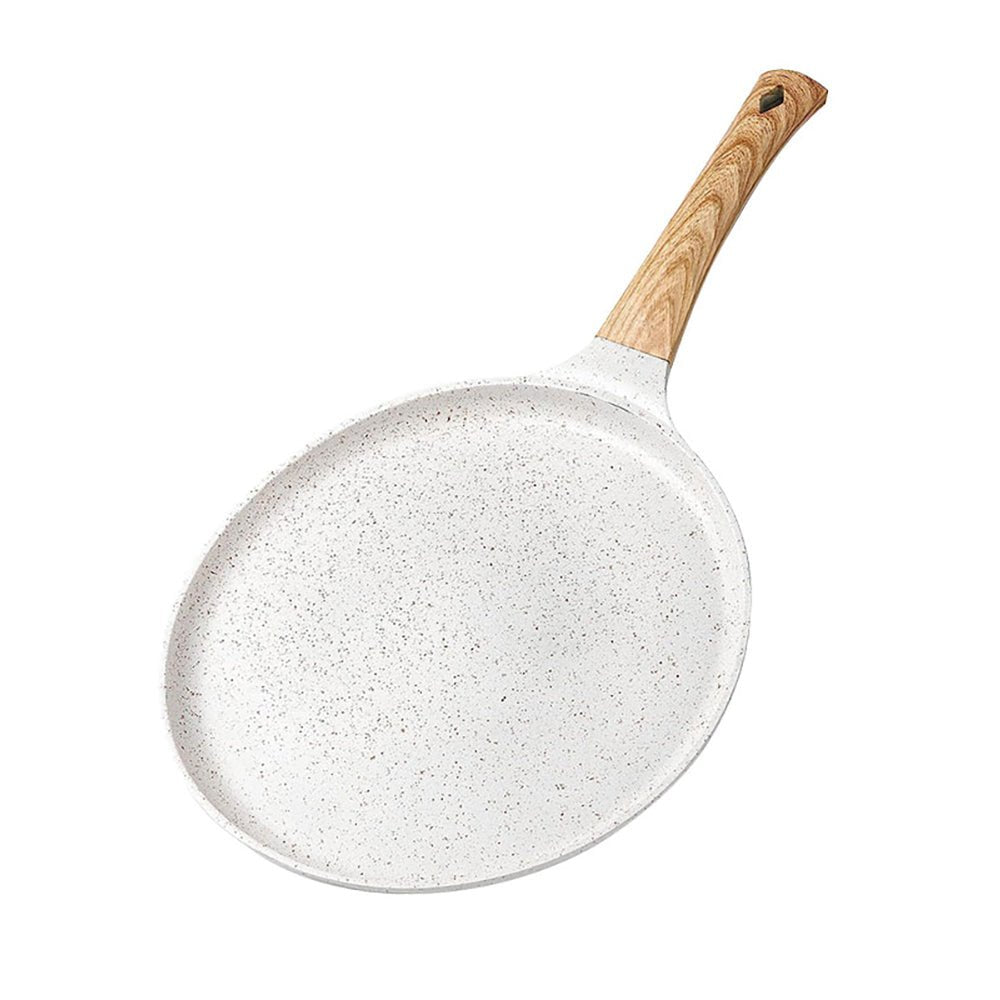
 Magnolia Cookware Omelette & Crepe PanMagnolia Cookware Omelette & Crepe Pan
Magnolia Cookware Omelette & Crepe PanMagnolia Cookware Omelette & Crepe Pan- Regular price
-
$81.00 $116.00 - Regular price
-
$81.00 - Sale price
-
$81.00 $116.00
-
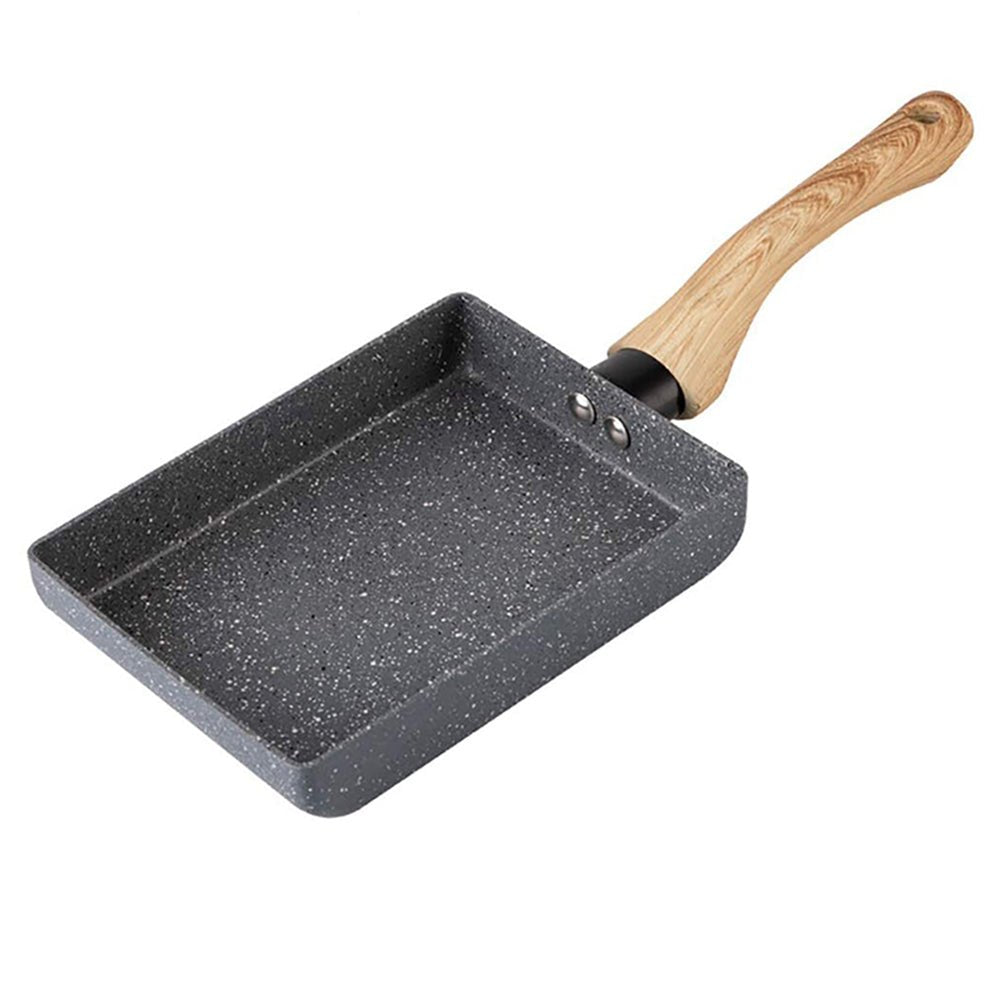
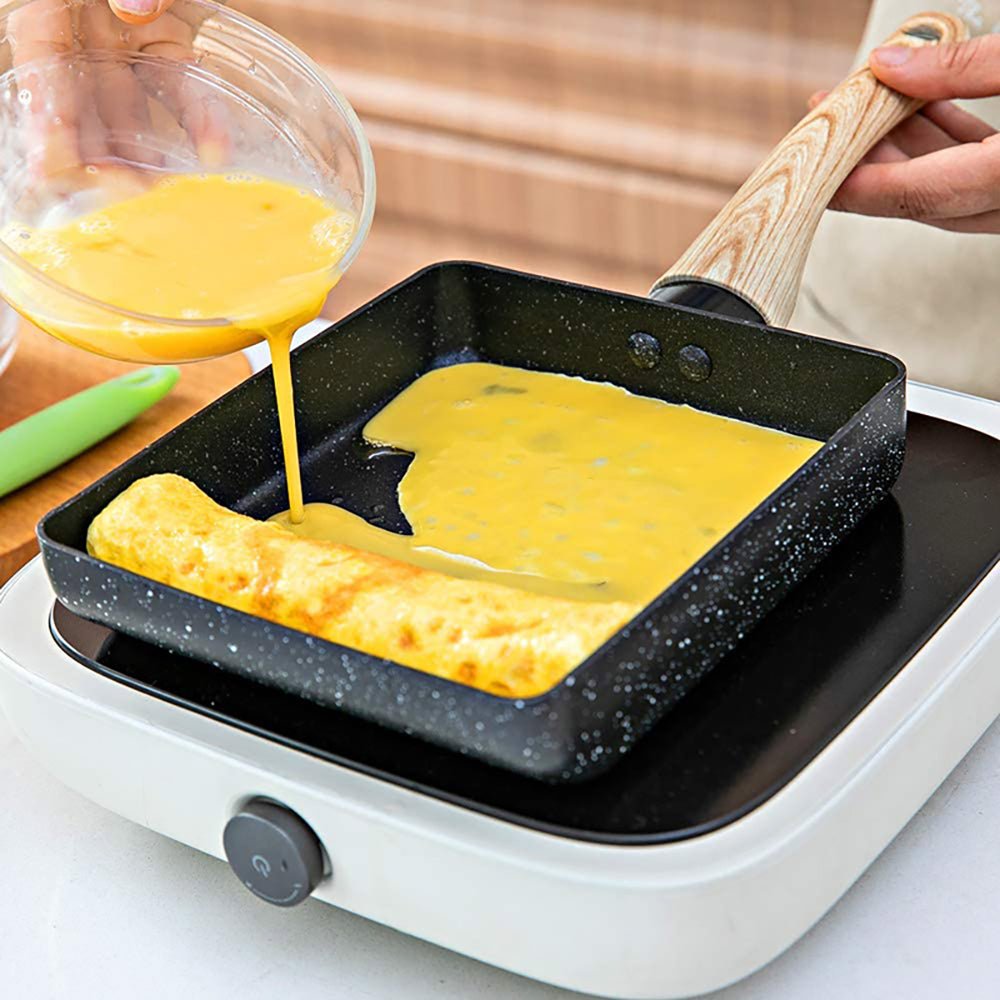 Whistler Nonstick Aluminum Egg PanWhistler Nonstick Aluminum Egg Pan
Whistler Nonstick Aluminum Egg PanWhistler Nonstick Aluminum Egg Pan- Regular price
-
$95.00 - Regular price
-
$95.00 - Sale price
-
$95.00

Cookware Material Buying Guide
Explore our expert guide to make informed choices.
Fry Pans, Skillets, and Woks: What's the Difference?
Fry pans are flat-bottomed with slightly sloped sides, perfect for frying, sautéing, searing, and more. Available in materials like stainless steel, aluminum, non-stick, and cast iron, they cater to diverse cooking needs.
Skillets often interchangeable with fry pans, are ideal for tasks like browning, braising, and baking. Whether preparing a quick breakfast or a gourmet dinner, a quality skillet can be your go-to cookware.
Woks, with their deep, rounded shape and sloping sides, are another must-have for your kitchen. They're versatile for any cookware collection and are perfect for stir-frying, steaming, and even smoking.
What Makes Our Collection Different from Other Brands?
Our collection of fry pans and woks stands out for its unmatched versatility, premium materials, and focus on practicality—all at an affordable price. From lightweight carbon steel for stir-frying to durable stainless steel for precise heat control, we cater to diverse cooking needs without breaking the bank. With options like long-lasting cast iron and non-stick ceramic—free from harmful chemicals and PTFE—you'll find the perfect cookware to suit your style and budget.
Key Features and Benefits of Our Fry Pans and Woks
Carbon Steel: Lightweight and easy to handle, carbon steel pans are perfect for high-heat cooking, such as stir-frying and searing. They heat quickly and respond well to temperature changes, making them highly versatile. With proper seasoning, they develop a natural, non-stick surface over time.
Stainless Steel: Durable and resistant to rust or corrosion, stainless steel fry pans distribute heat evenly, ensuring consistent cooking results. They're ideal for browning and deglazing, easy to clean, and often dishwasher-safe. These pans are perfect for tasks requiring precise heat control.
Cast Iron: Known for its superior heat retention, cast iron fry pans maintain consistent temperatures and are excellent for slow cooking, frying, or baking. They can be used on stovetops, in ovens, or over an open flame. With proper care and seasoning, cast iron pans last a lifetime.
Non-Stick and Ceramic: Perfect for delicate foods like eggs and pancakes, non-stick and ceramic pans offer effortless food release and require minimal oil for healthier cooking. Non-stick pans are easy to clean, while ceramic options provide a chemical-free alternative for conscious cooks.
Care Tips for Long-Lasting Use
Proper care ensures your cookware performs at its best for years to come. Here's how to keep your fry pans, skillets, and woks in top condition:
Use wood or silicone utensils to avoid scratching non-stick surfaces. Metal tools can damage coatings over time. We recommend our Silicone utensils — heat-resistant, non-abrasive, and safe for all cookware types.
Don't use cooking spray on ceramic or PTFE-free pans. Over time, sprays can leave a sticky residue that affects the non-stick properties. Instead, use a small amount of oil or butter if needed.
Let cookware cool before washing. Sudden temperature changes can warp the base of your pans, particularly those made of aluminum or non-stick materials. Allowing the cookware to cool naturally helps preserve its shape and coating.
Season your cast iron woks and skillets regularly to build a natural non-stick surface and prevent rust. After each use, apply a thin layer of oil and heat it gently to maintain the seasoned finish.
Store your frying pans with protectors between them to avoid surface scratches. If space allows, hang your pans to keep them dry and free from stacking pressure.
Hand-wash when possible, even if your cookware is labeled dishwasher-safe. This helps extend the life of both the coating and the handles.
Dry thoroughly before storing to prevent water spots, rust (on carbon steel and cast iron), and bacteria buildup, especially around rivets and crevices.
With just a bit of mindful care, your cookware will deliver reliable performance meal after meal, whether you're flipping pancakes or stir-frying veggies at high heat.
What Customers Are Looking For
Preferred Materials: 33% of customers are looking for non-stick, 19% prefer cast iron, 18% choose stainless steel, and 9% go for ceramic frying pans and skillets.
Popular Sizes: 27% of customers search for extra-large (16+ in) pans, 24% look for small (6–9 in) pans, 22% prefer medium (10–12 in) pans, and 14% seek large (13–15 in) pans.
Desired Product Types: 45% of customers are interested in frying pans/skillets, 34% look for skillet sets, 8% prefer omelet pans, and 4% search for specialty pans.
Frequently Asked Questions
Which type of frying pan is best?
The best type of frying pan depends on your cooking style and preferences. For everyday convenience, non-stick fry pans—especially those made with PTFE and PFOA-free ceramic—are great for low-oil cooking and easy cleanup. If you require high-heat performance and excellent searing capabilities, stainless steel frying pans are a top choice among professionals. For fast heating and lightweight handling, aluminum frying pans are an ideal choice.
For stir-fry lovers, stir-fry pans and frying wok pans offer deeper sides and more surface area, making them perfect for tossing ingredients quickly over high heat.
Ultimately, the best frying pan is one that fits your stovetop, supports your cooking habits, and delivers consistent results with every use.
What to Avoid When Buying Fry Pans and woks?
- Low-Quality Non-Stick Coatings: These can wear out quickly and may release harmful chemicals at high temperatures. Look for PFOA-free, durable coatings.
- Thin Materials: Thin pans, especially cheap aluminum, can heat unevenly, leading to hot spots and poor cooking performance.
- Incompatibility with Your Cooktop: Not all pans work on induction cooktops. Ensure your pan is induction-compatible if needed.
- Overly Heavy Pans: Very heavy pans, like oversized cast iron, can be difficult to handle and impractical for everyday use.
- Poor Handle Design: A flimsy or heat-conductive handle can make the pan hard to use and unsafe. Look for sturdy, heat-resistant handles.
- Toxic Chemicals in Non-Stick: Some non-stick pans use harmful chemicals like PTFE or PFOA. Choose pans with safer, eco-friendly coatings for better health and sustainability.
Which cookware is best for frying?
The cast iron is the best fry pan for deep frying. It provides excellent heat retention, even heating, and high sides to prevent oil splatter, making it ideal for frying foods like chicken, fries, and donuts.
Can I use metal utensils with my fry pans or woks?
It depends on the material:
- Non-Stick Pans: Avoid metal utensils, as they can scratch or damage the coating. Use silicone, wooden, or plastic tools instead.
- Stainless Steel, Cast Iron, or Carbon Steel: These are durable and can handle metal utensils without damage. However, avoid excessive scraping to preserve the surface.
- Ceramic-Coated Pans: Avoid metal utensils to prevent scratching. Opt for softer tools like silicone or wood.
Always check the manufacturer’s guidelines for your specific pan.
Which frying pans do chefs use?
Chefs commonly use carbon steel and stainless steel fry pans or woks. Carbon steel is lightweight, naturally non-stick when seasoned, and perfect for high-heat cooking like searing and frying. Stainless steel is durable, non-reactive, and ideal for browning, sautéing, and deglazing, making it versatile for various cooking tasks.
How to clean and season a cast iron fry pan?
Cleaning a Cast Iron Fry Pan:
- Rinse Immediately After Use: While the pan is still warm, rinse it under hot water to remove food particles.
- Scrub Gently: Use a brush or non-abrasive sponge. Avoid soap; if needed, use mild soap sparingly.
- Remove Stuck-On Food: For stubborn residue, use coarse salt as a scrub or boil water in the pan to loosen it.
- Dry Thoroughly: Use a towel to dry the pan completely, then heat it on low heat for a few minutes to remove any remaining moisture.
Seasoning a Cast Iron Fry Pan:
- Apply Oil: Rub a thin layer of neutral oil (like vegetable or flaxseed oil) over the pan, inside and out.
- Remove Excess Oil: Wipe away excess oil with a clean cloth or paper towel to avoid stickiness.
- Bake the Pan: Place the pan upside down in an oven preheated to 375°F (190°C) with foil on the rack below to catch drips. Bake for 1 hour.
- Cool: Let the pan cool in the oven before storing.
Repeat seasoning periodically to maintain a non-stick surface and prevent rust.
What should I avoid when buying a wok?
When buying a wok, avoid options that don't match your stovetop — for example, a round-bottom wok without a flat base can be unstable on electric or induction cooktops. Skip woks with low-quality non-stick coatings that may contain harmful chemicals; instead, look for PTFE & PFOA-free frying wok pans for safer cooking. Also, avoid overly lightweight woks that heat unevenly or lack durability.
If you're using an induction stove, ensure that you choose woks or stir-fry pans labeled as induction-compatible. For lasting performance, prioritize sturdy materials like carbon steel or cast iron with a proper heat-resistant handle.





























